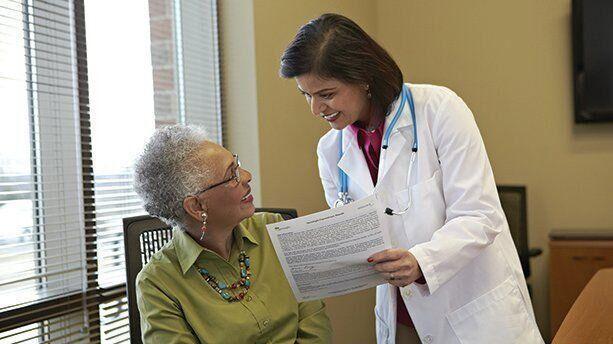FOR YOUR HEALTH: Your Ophthalmologist Is Ready To See You
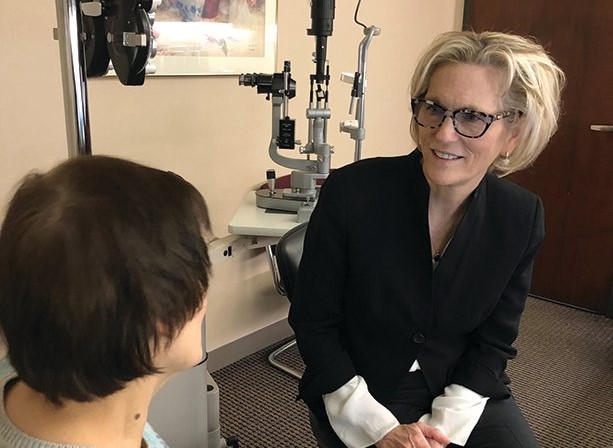
If you haven’t seen an eye care professional in a while, suggests Doctor Ruth Williams, now may be a good time to do so.
(NAPSI)—When ophthalmologist Ruth Williams, MD, opened her office after shutting down early in 2020 due to the pandemic, she was surprised to see how many people had developed serious eye problems in just a few months.
Preventive care is especially important in eye care because many common eye diseases can rob you of your good vision before you notice signs of trouble.
“Far too often, we witness the consequences of patients entering the ophthalmologist’s office too late to avoid severe vision loss,” said Dr. Williams, a glaucoma specialist at the Wheaton Eye Clinic in the Chicago suburbs. “Protecting vision is such a high value thing.”
The good news is ophthalmologists—medical and surgical physicians trained to recognize all the potential threats to vision—have figured out how to safely practice medicine in the era of COVID. Dr. Williams says most eye doctors hope not to shutter their offices again.
EyeCare America Can Help
If the cost of an eye exam is a concern, the American Academy of Ophthalmology’s EyeCare America program may be able to help. This national public service program provides eyecare through thousands of volunteer ophthalmologists for eligible seniors 65 and older, and those at increased risk for eye disease, mostly at no out-of-pocket cost to the patient. As one EyeCare America patient said, “Because of your program, my vision will be saved. The doctor was professional, and the diagnosis was spot on. EyeCare America is a beautiful thing!”
Who Should See an Ophthalmologist?
The American Academy of Ophthalmology recommends all adults have a comprehensive eye exam by age 40, and every year or two after age 65.
Other reasons to see an ophthalmologist include:
1. If you are experiencing new symptoms, including blurry, wavy or blank spots in your field of vision.
2. If you injure your eye, even if it seems minor. Damage to the eye is not always obvious and may require treatment.
3. If you get eye injections for an existing eye disease and have not done so during COVID-19, you should contact your ophthalmologist now.
4. If you’ve put off surgery, such as cataract surgery, during COVID-19, you should contact your ophthalmologist.
Safety Procedures During COVID
Ophthalmologists have taken many steps to create a safe environment during the pandemic. Your ophthalmologist is probably ready for you. Here is what you should expect to see:
- The clinic is likely to restrict the number of people who enter. If you don’t need someone to be there with you, don’t bring anyone to your appointment.
- The clinic may ask you to wait outside or in your car, instead of in the normal waiting room.
- Expect to see hand sanitizer when you enter the building and in the waiting room and exam rooms.
- Expect to be asked to wear a mask.
- Chairs will be spaced out to accommodate social distancing.
- Cleaning will occur more frequently throughout the clinic.
- As usual, exam rooms and equipment will be thoroughly cleaned after every patient exits.
- Expect to be asked a series of questions to determine your risk profile.
- Expect someone will take your temperature.
- Your ophthalmologist may use a special plastic breath shield on the slit lamp machine they use to look into your eyes.
- Your eyecare professionals may ask you to wait to speak until after your eye exam is complete. Then they can talk with you and answer questions when they can be a safe distance from you.
Learn More
For more information regarding EyeCare America and to see if you or someone you care for qualify, visit www.aao.org/eyecare-america.


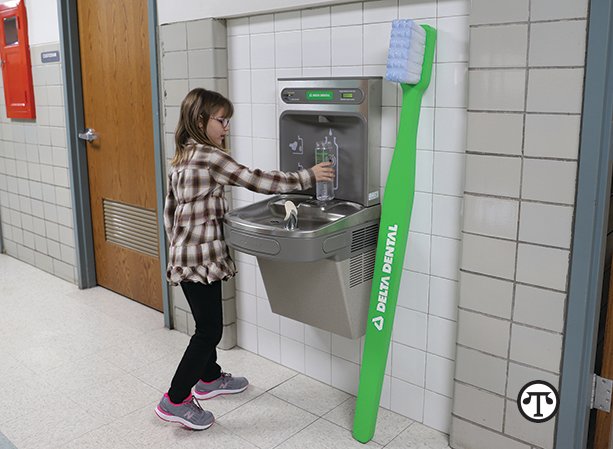
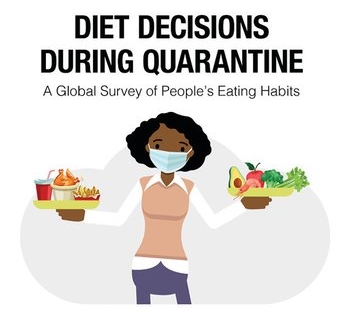

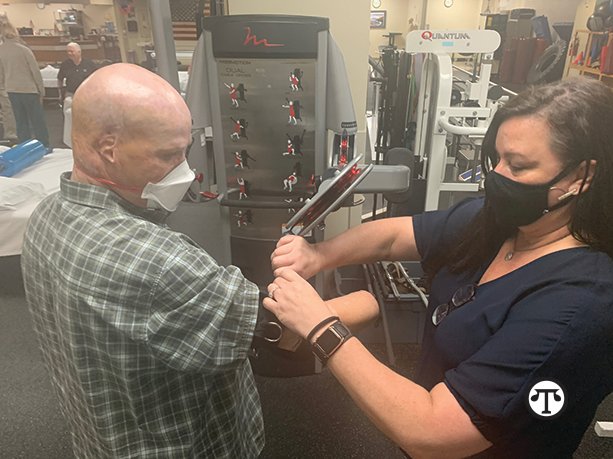
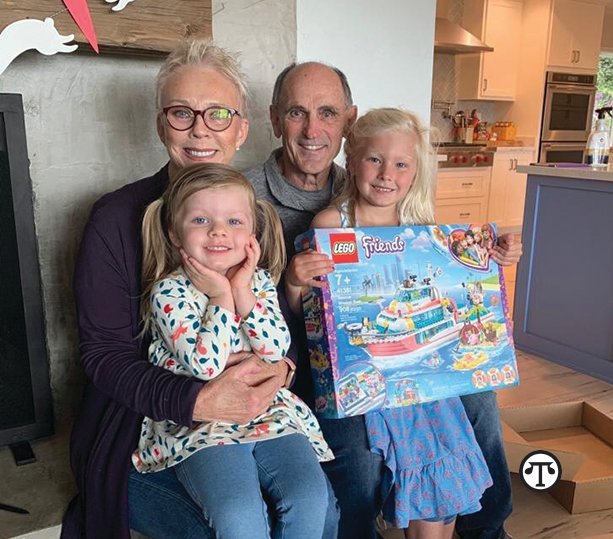 (NAPSI) — Here’s good news for America’s approximately 70 million grandparents: A growing problem that has been bugging families since the advent of the digital photo revolution—“Where is the latest photo of my grandchild?”—may have a surprising solution thanks to two enterprising granddads, Silicon Valley alumni.
(NAPSI) — Here’s good news for America’s approximately 70 million grandparents: A growing problem that has been bugging families since the advent of the digital photo revolution—“Where is the latest photo of my grandchild?”—may have a surprising solution thanks to two enterprising granddads, Silicon Valley alumni.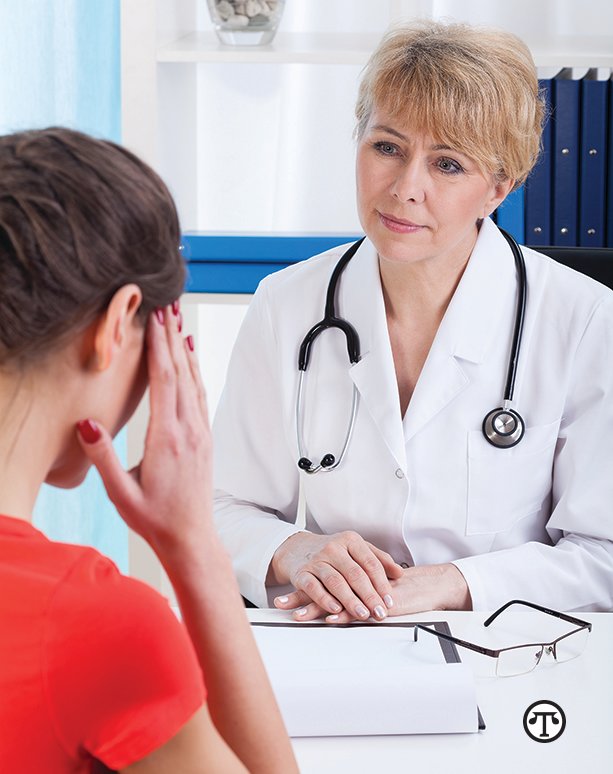

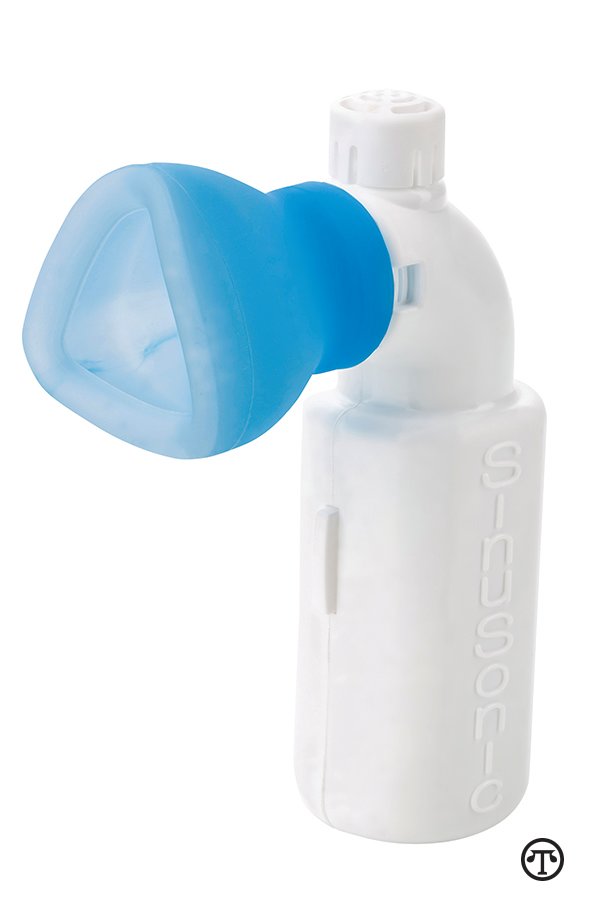 (NAPSI)—Nasal congestion is nothing to sneeze at. It affects roughly 20 percent of the population and is associated with reduced quality of life, difficulty sleeping, reduced daytime performance, and increased need for healthcare. In addition to the physical misery, it is estimated the annual financial impact of chronic congestion is more than $5 to $10 billion. Fortunately, scientists are coming up with new and better ways to deal with the problem.
(NAPSI)—Nasal congestion is nothing to sneeze at. It affects roughly 20 percent of the population and is associated with reduced quality of life, difficulty sleeping, reduced daytime performance, and increased need for healthcare. In addition to the physical misery, it is estimated the annual financial impact of chronic congestion is more than $5 to $10 billion. Fortunately, scientists are coming up with new and better ways to deal with the problem.